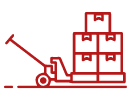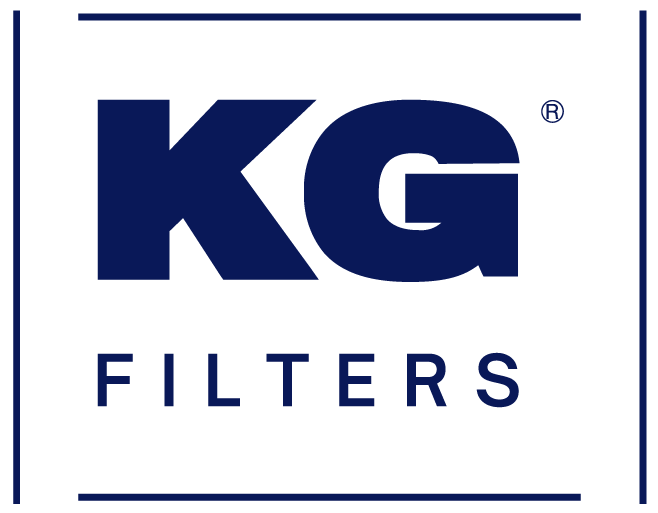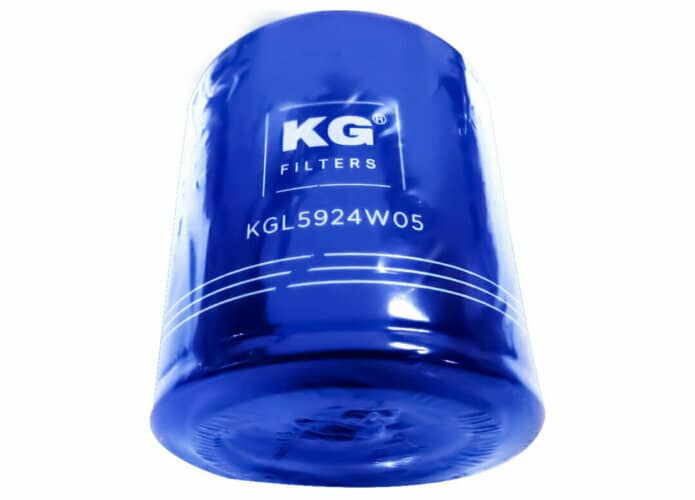Maintaining clean oil is essential for the performance and longevity of machinery used by industry owners and manufacturers in the bearing industry. Oil filters ensure cleanliness by removing contaminants that can cause wear and tear. Let’s explore oil filters’ significance in machinery maintenance, helping businesses maintain peak equipment performance. By selecting the right oil filter, implementing proper maintenance practices, and optimizing their oil filtration systems, manufacturers in the bearing industry can ensure that their machinery operates at peak performance. Investing in high-quality oil filters and effective oil filtration systems extends the life of your machinery and contributes to improved efficiency, reduced downtime, and lower maintenance costs. By regulating oil cleanliness and regularly monitoring oil quality, you can protect your valuable assets and ensure the long-term success of your business.
Understanding Oil Impurity
Different contaminants can enter oil from multiple places, including the environment, the oil itself, and friction from equipment parts. These contaminants can be divided into three main groups: solid particles, water, and air. Solid substances can cause abrasive damage, and water and air can cause oxidation and rust.
Contaminants can significantly impact machinery performance, leading to increased wear, reduced efficiency, and equipment failure. Investing in effective oil filtration solutions is essential to protect their machinery and ensure optimal performance.
The Role and Types of Oil Filters
Oil filters are specifically designed to eliminate contaminants from oil, protecting machinery components from wear and extending equipment life. Some common types of oil filters are:
- Mechanical filters: These filters use a physical barrier, such as a mesh or paper, to capture and retain solid particles.
- Magnetic filters: : These filters employ magnets to attract and remove ferrous particles from the oil.
- Adsorbent filters: These filters utilize materials like activated carbon or zeolite to adsorb contaminants, removing them from the oil.
- Cartridge and Spin-on: Cartridge oil filters were more common in earlier years, where you replace only the filter media. Spin-on filters, which are more common nowadays, are self-contained units that include both the filter media and the housing. Cartridge types are coming back into favor with some manufacturers due to their reduced environmental impact.
- Centrifugal Oil Filters: A centrifugal oil filter uses centrifugal force to separate impurities from the oil. As the oil enters the filter, it is spun at high speeds, and the contaminants are flung to the sides of the container by centrifugal force. The clean oil then exits the filter.
There are many other types of oil filters and businesses can significantly improve equipment reliability and lifespan by selecting and maintaining the appropriate oil filter for their machinery.
Selecting the Right Oil Filter
It is essential to pick the correct oil filter for effective oil filtration. Factors to consider when selecting a filter include size, material, and micron rating. The size should match the flow rate of the machinery, while the material needs to have a suitable chemical and thermal resistance. The micron rating will decide the tiniest particle size that can be captured by the filter.
Matching the oil filter specifications with the machinery’s requirements is essential to ensure optimal filtration performance. Consulting with experts like KG International can help businesses select the most suitable oil filter.
Inspection and Maintenance
Regular inspection and replacement of oil filters are crucial for maintaining clean oil and preventing equipment damage. Over time, filters can become clogged or damaged, reducing their filtration efficiency and potentially allowing contaminants to bypass the filter.
When your filter is blocked or broken, your equipment will show signs like:
- Decrease in oil flow,
- Rise in temperature when in use, or
- Decrease in oil pressure
It is recommended to regularly check and change oil filters to maintain the best performance of their equipment.
Implementing an Effective Oil Filtration System
Optimizing oil filtration in machinery can help businesses further enhance equipment performance and lifespan. Strategies for effective oil filtration include:
- Integrating bypass filtration systems: Bypass filtration systems work in parallel with the primary oil filter, providing additional filtration and extending oil and filter life.
- Monitoring oil cleanliness: Regular oil analysis can help track oil cleanliness levels, allowing to adjust filtration and maintenance practices as needed.
- Maintaining quality standards: By adhering to industry standards like the International Organization for Standardization (ISO) Cleanliness Code, businesses can ensure that their oil meets cleanliness benchmarks and reduce the risk of equipment damage.
Wrap Around
For assistance with oil filters and maintenance services tailored to your specific requirements, turn to KG International. Our team of experts has decades of experience and will help you find the best oil filters for your machinery. Partnering with us will ensure that your equipment is in optimal condition, allowing you to stay competitive in the industry. Rely on us to provide the specialist advice and excellent products you need to keep your oil clean and your machinery running efficiently.

























